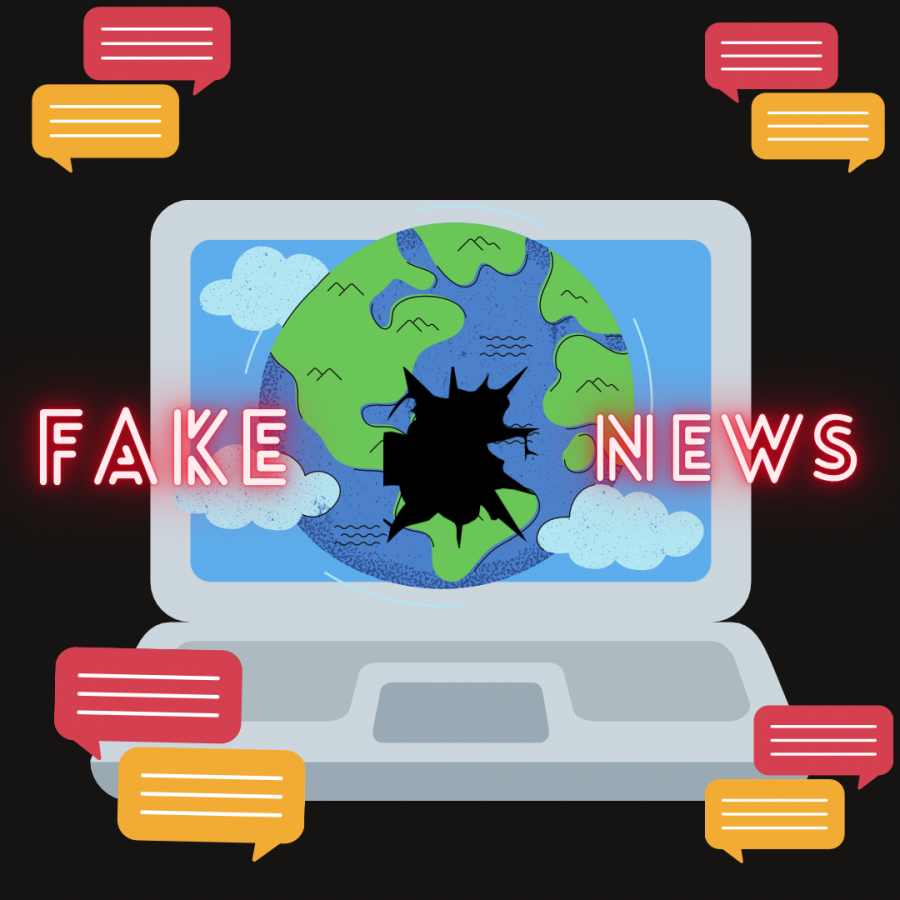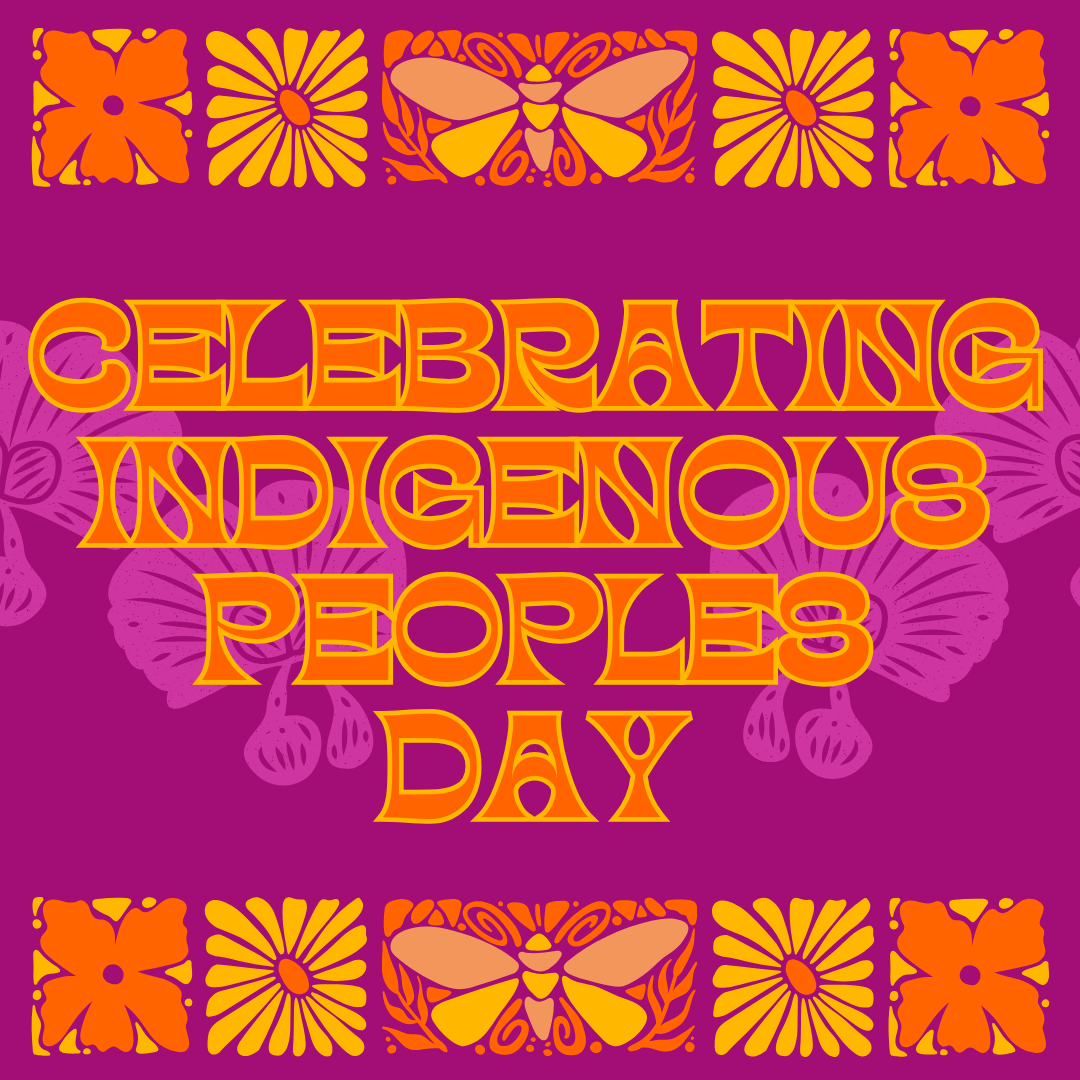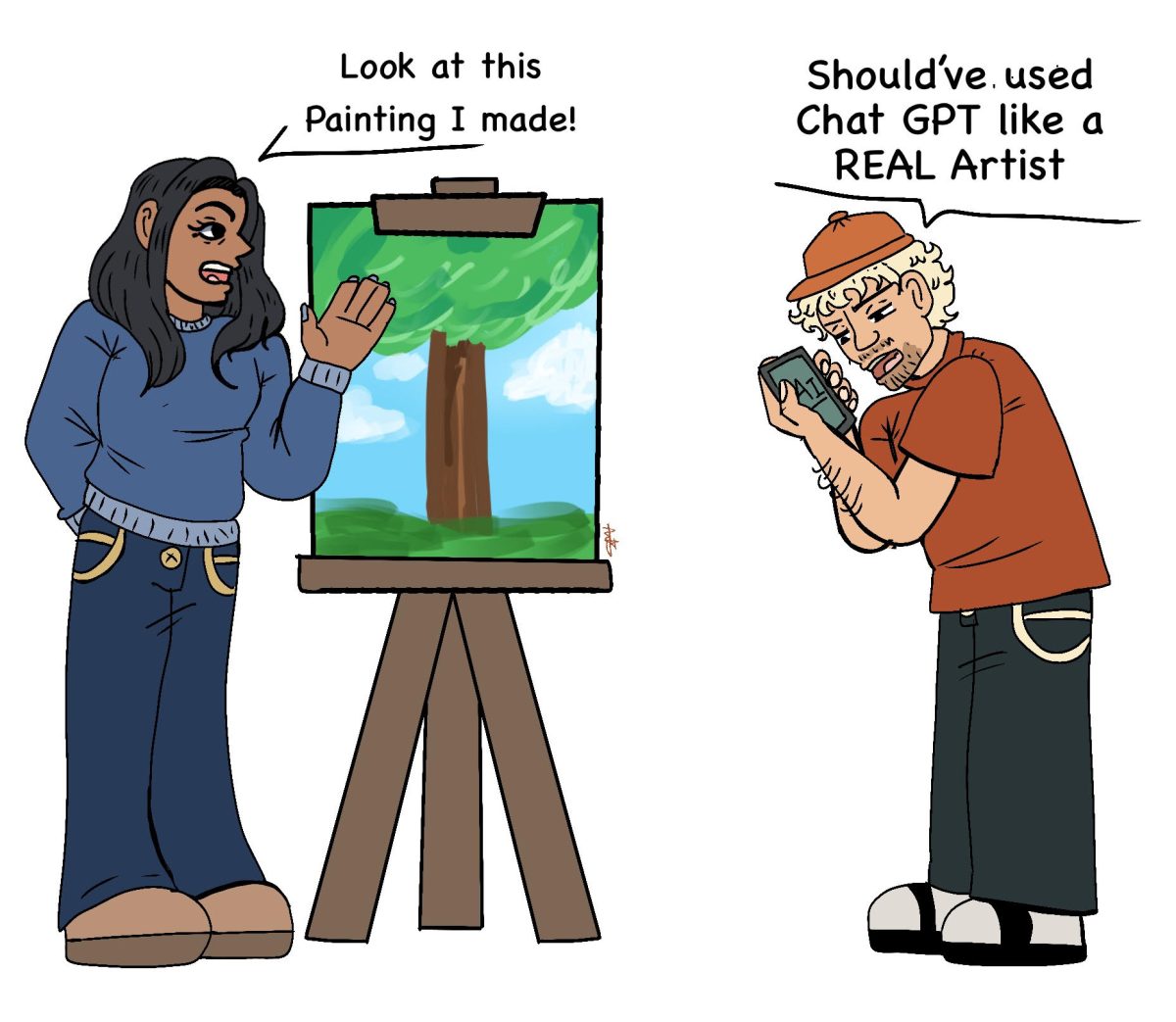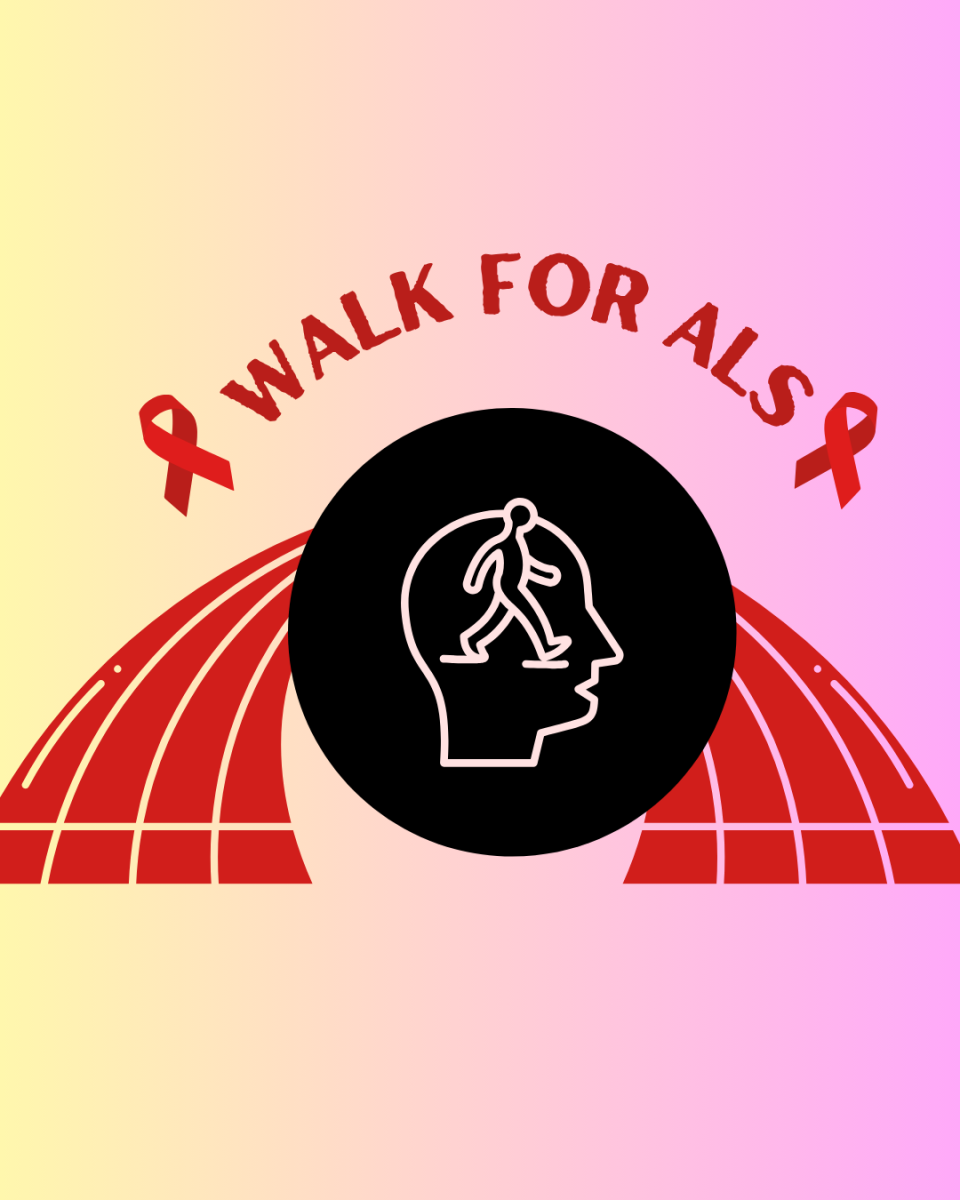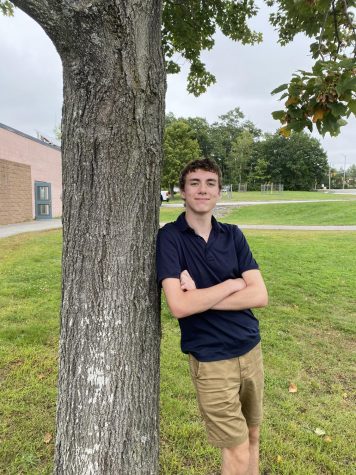Let’s face it. Social media is awful.
It is clear that social media is a huge part of most people’s lives. Sure, it connects people from all over the globe in a place that spreads ideas, delivers news quickly, and even updates users on pressing social events. But if you really stop to think about what flows out of it, you’ll realize how awful it can be.
“Fake news” is a term that is often thrown around to describe much of the deceiving or even blatantly false information that comes from the media. And while in some cases it is correctly used, other times it is simply used to categorize the wide variety of misinformation and bias that seems to flow from the news—not exactly fake, but still detrimental nonetheless.
Misinformation, bias, and deceptive facts are all far too prevalent in our society, especially when regarding polarizing topics, namely politics. And while it’s bad enough that people repeat things to each other that are bent one way or are completely incorrect, social media only helps to exacerbate this issue.
Misinformation affects people’s everyday lives, even here in Londonderry High School. It isn’t uncommon to hear of students arguing over those aforementioned polarizing topics. When misinformation runs rampant on social media, it becomes commonplace to hear it repeated in said arguments; and those arguments get nasty.
Actually reflecting on what kind of information the average LHS student sees, hears, or reads on a daily basis reveals how easily misinformation spreads. For example, Instagram Stories are a great way to showcase not only one’s own, but other people’s posts and ideas. However, oftentimes these posts, which tend to be political, are fueled by bias and disinformation. Although many of them call for a change or reformation of some kind, they often do more harm than good.
It’s imperative that individuals do their own research in order to ensure that the information they are receiving is correct and unbiased. Misinformation, though already prevalent on social media, has become significantly worse, primarily because of the recent presidential election.
Recently, Ginni Thomas, who is the wife of Supreme Court Justice Clarence Thomas, had false accusations coming her way after she was condemned on social media (without evidence) for allegedly paying for transportation to bring people to the Capitol to participate in the riot on Jan. 6.
While Ginni Thomas is responsible for endorsing the initial protest and spreading conspiracy theories in the past, it remains untrue that she supplied transportation. According to the “New York Times,” three Twitter posts that gained traction after being retweeted over 400,000 times created this specific wave of misinformation, once again proving social media’s ability to easily spread lies.
Of course there’s the argument that journalists and individuals on social media have the freedom of speech and expression and are therefore allowed to say what they want, and of course there will always be politically-bent outlets. The First Amendment protects these rights, and always will. And while it does protect a journalist’s right to be biased, it does not necessarily protect the intentional spreading of misinformation and “fake news.”
Regardless, reporters should strive to deliver the unaltered facts and the absolute truth. If they’re changing it so that it fits the narrative of their agenda, then maybe they should not be in the journalism industry.
All of this bias and all of these false facts on social media need to stop. Spreading information like this causes great harm to the reliability of all forms of media as well as to the individuals repeating it. It has become far too normalized to recite and hear misinformation, so far to the point where it isn’t even remotely surprising when it happens. The lack of surprise is unfortunate, but it’s telling.
And while misinformation isn’t exactly an issue that has a definitive solution, it can be toned down if not eventually prevented altogether. The best way to go about fixing this and weeding out misinformation is to stop it at the source–to stop trusting media that is overtly biased. It is not only the fault of that media, but also that of the viewers of it; at least the ones that choose to believe it. A quick tip: fact check what you hear! Websites such as PolitiFact and Snopes are great tools for fact-checking news stories and AllSides is perfect for discerning bias in mainstream media.
Misinformation will remain to be a significant issue in our society unless we unify against it and encourage each other to only recite the verified truth. If it goes on, we are prone to becoming close-minded, misinformed people who continue to support the overtly biased media.
It’s possible for us to prevent that sad future, as we can learn to be more skeptical of what we hear and be more diligent in our individual research on pressing topics. However, if we refuse to start doing this, then our generation will grow up to be the people directly responsible for creating the “fake news.”





